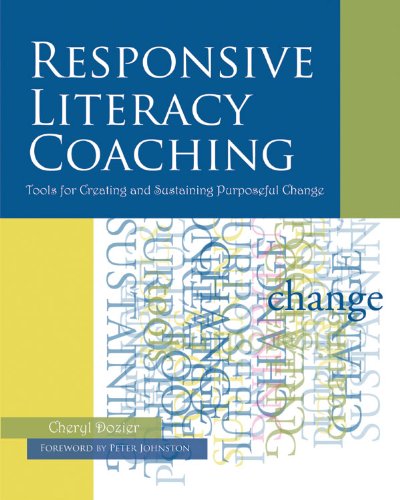

Most ebook files are in PDF format, so you can easily read them using various software such as Foxit Reader or directly on the Google Chrome browser.
Some ebook files are released by publishers in other formats such as .awz, .mobi, .epub, .fb2, etc. You may need to install specific software to read these formats on mobile/PC, such as Calibre.
Please read the tutorial at this link: https://ebookbell.com/faq
We offer FREE conversion to the popular formats you request; however, this may take some time. Therefore, right after payment, please email us, and we will try to provide the service as quickly as possible.
For some exceptional file formats or broken links (if any), please refrain from opening any disputes. Instead, email us first, and we will try to assist within a maximum of 6 hours.
EbookBell Team

5.0
48 reviewsIn Responsive Literacy Coaching, Cheryl Dozier draws on twenty-four years of experience as an elementary classroom teacher and teacher educator to present both a theoretical framework and practical tools to enact responsive literacy coaching. Through thoughtful and purposeful coaching, teachers learn effective ways to improve literacy instruction and student achievement.
The range of tools offered in the text invite customization based on the reader's specific instructional context. This framework empowers literacy coaches and teachers through conversation, sustained engagement, and reflective analysis. Dozier argues that at its best, literacy coaching is responsive, collegial, thoughtful, thought-provoking, deliberate, reflective, and transferable. In this book she invites readers to enter into a coaching dialogue, through:
As literacy tasks are documented and analyzed, coaching interactions logged and categorized, and assessment scores scrutinized, Dozier cautions coaches to avoid being so caught up in the doing of coaching that one forgets the purpose behind it. In this book she provides an occasion for them to step back, and ask, what is the goal of literacy coaching? What kind of literacy environments and experiences are we creating for our schools and our students? What is possible as we engage in transformative literacy practices? While the tools offered in this book do not provide a “quick fix,” they foster critical thinking and sustained inquiry that leads to positive change for both teachers and students.